The Government has various cleanup arrangements and promotional measures to keep the shorelines clean. The details undertaken by relevant departments are set out as follows:
Agriculture, Fisheries and Conservation Department
The Agriculture, Fisheries and Conservation Department (AFCD) is responsible for the cleanliness of the Marine Parks & Marine Reserve (Figure 1). The department keeps the cleanliness of coastal waters in these areas by engaging contractors for the regular cleanup and proper disposal of refuse. Depending on the field situation, the cleansing frequency ranges from twice per month to 6 times per week for marine parks and once per week for the Cape D' Aguilar Marine Reserve where no recreational activities are allowed.
.jpg)
The Department has deployed wardens to patrol marine parks and marine reserve on a daily basis by both land and sea, giving advice to visitors and taking law enforcement action when necessary.
Education/publicity programmes are being conducted to promote public awareness in clean shorelines through:
- conveying message of keeping a clean and healthy environment through a wide range of education programmes including seminars, ecotours, school talks, field studies and exhibition;
- producing posters, leaflets and other publications to enhance public understanding on the importance of keeping the cleanliness in marine parks and marine reserve;
- erecting different sign and information boards along the coast of marine parks to remind the marine park visitors of keeping the shoreline clean.
Environmental Protection Department
As the secretariat of the Inter-departmental Working Group on Marine Environmental Management, the Environmental Protection Department (EPD) plays a role in coordinating and strengthening member departments’ efforts to address marine refuse problem in Hong Kong which includes conducting thematic studies on a need-basis, formulating responding strategies based on the study findings, reviewing the effectiveness of these strategies and exploring various measures with a view to continuously improving the cleanliness of our shorelines. EPD has set up a system to perform real-time monitoring of rainfall data at 13 cities in the region, and to alert relevant departments the coastal areas which may be potentially affected by massive amount of marine refuse, reminding them to stay vigilant for deploying resources and manpower in advance and make preparations accordingly. The relevant departments will step up patrolling and cleaning up of marine refuse according to existing mechanism.
In addition, EPD will conduct inspections to the coastal sites accorded with various priorities on a regular basis and is applying new technology to monitor the accumulation of marine refuse on a larger scale. With the use of Small Unmanned Aircraft technology complemented with detailed onsite inspections as necessary, EPD can effectively monitor shoreline cleanliness including remote coasts and shorelines with longer stretch, covering multiple districts in Hong Kong. EPD will assess and rate the cleanliness condition of these sites using a five-level Shoreline Cleanliness Grading system (Figure 2). This could help assess the general status of coastal cleanliness as well as effectiveness of any enhanced cleaning work in the coastal sites. In general, if any coastal site is graded as “Grade 3 – Fair” or worse, or with large amounts of marine refuse accumulated, EPD will refer the case to relevant departments for follow up and coordinate them to implement improvement measures with a view to enhancing the cleaning capability in a timely manner.
Illustration of the Five-level Shoreline Cleanliness Gradings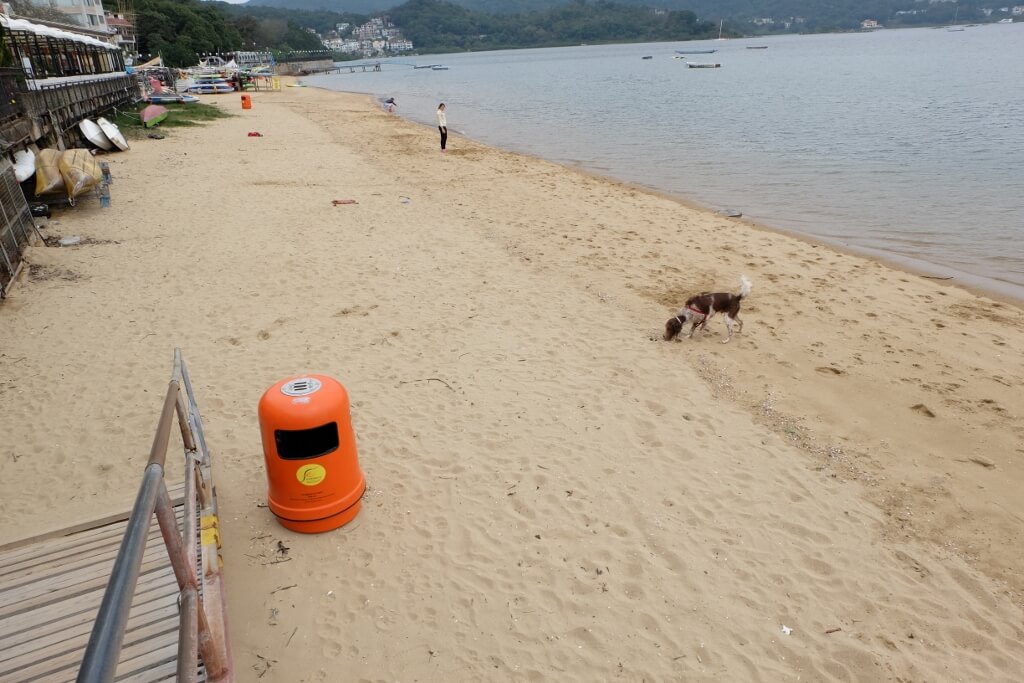
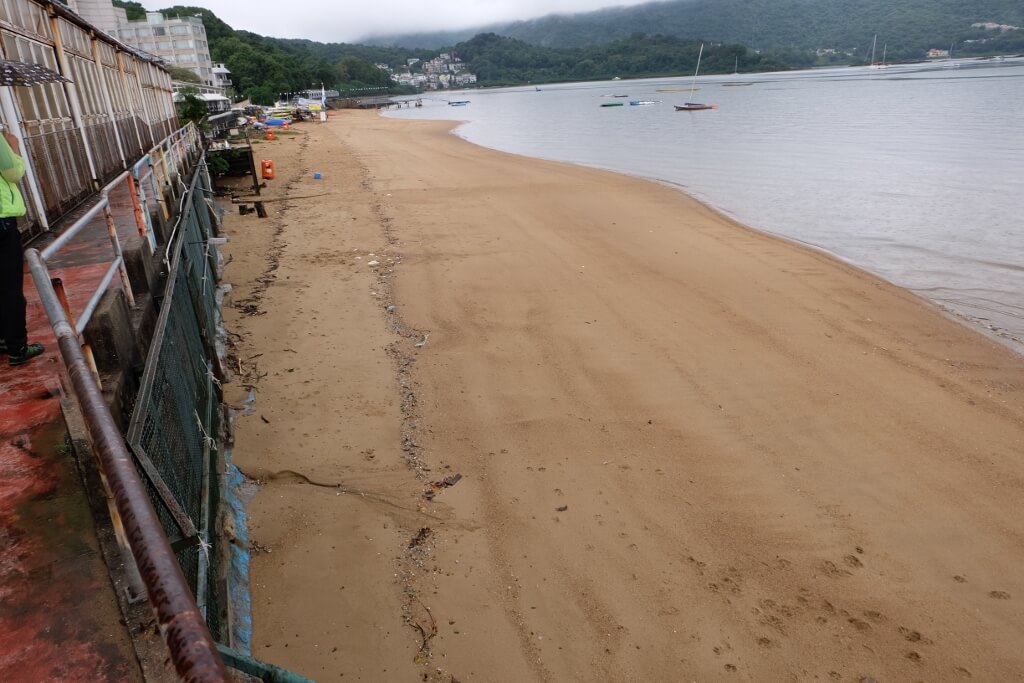
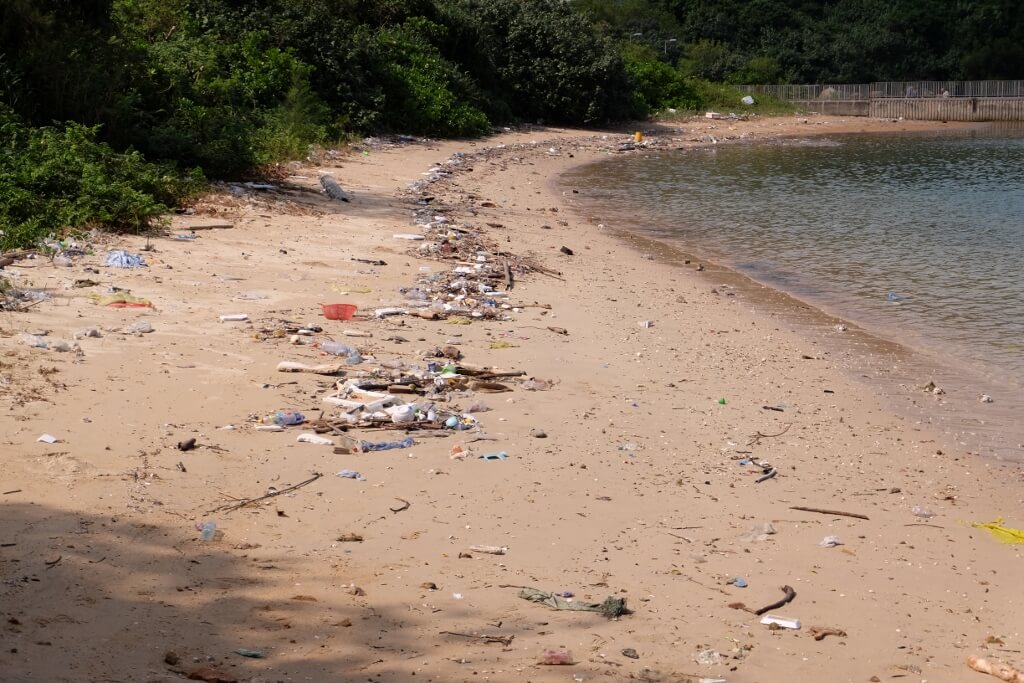
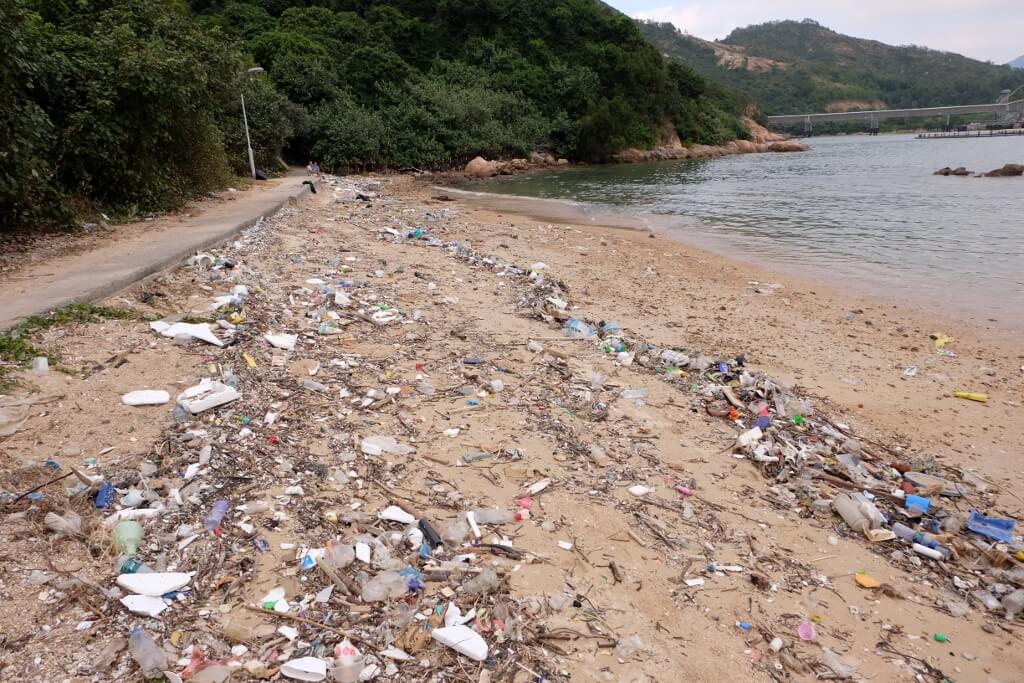
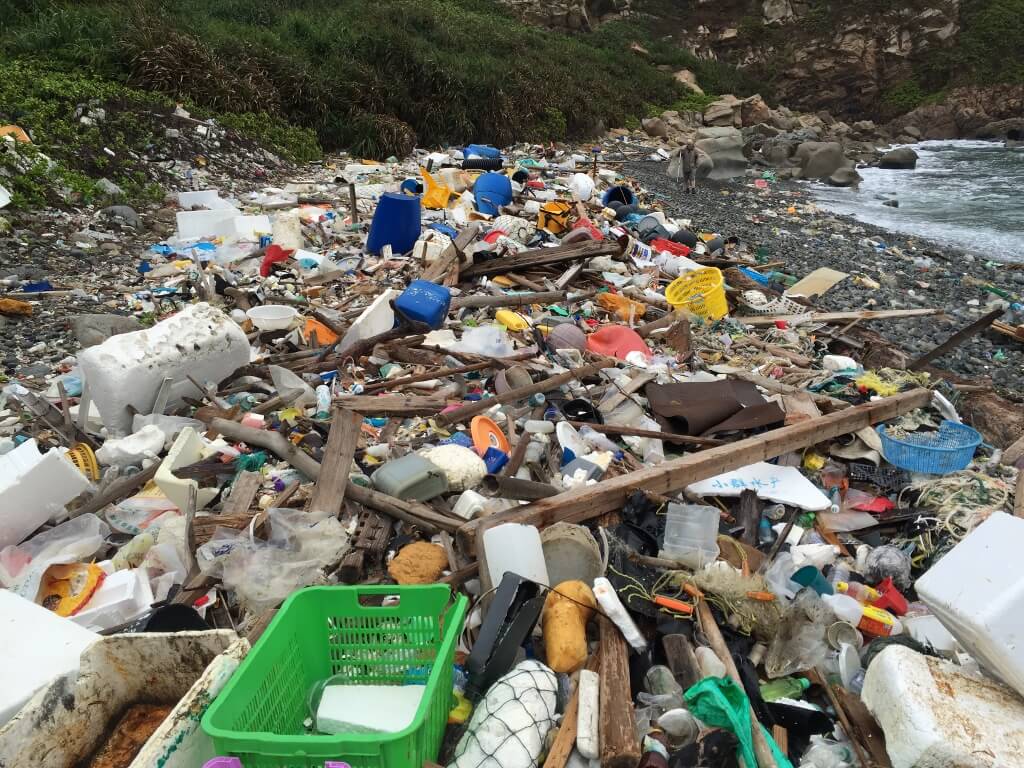
Apart from co-ordinating the efforts of relevant departments, EPD has also endeavoured to educate our community in this aspect to enhance the public awareness of keeping our shorelines clean. Such efforts include managing the thematic website “Clean Shorelines”, broadcasting announcements of public interest and organising various publicity and education activities (e.g. Shorelines Cleanup Day, roving exhibitions and design competitions), which all aim at helping members of the public better understand the marine refuse problem, thereby encouraging them to change their habits to reduce waste at source and prevent refuse from entering the sea. EPD will also provide advice and support for various community groups to organise shorelines cleanup activities such as sending representatives to explain the cause of and solutions to marine refuse, providing tools and resources for cleanup activities, etc.
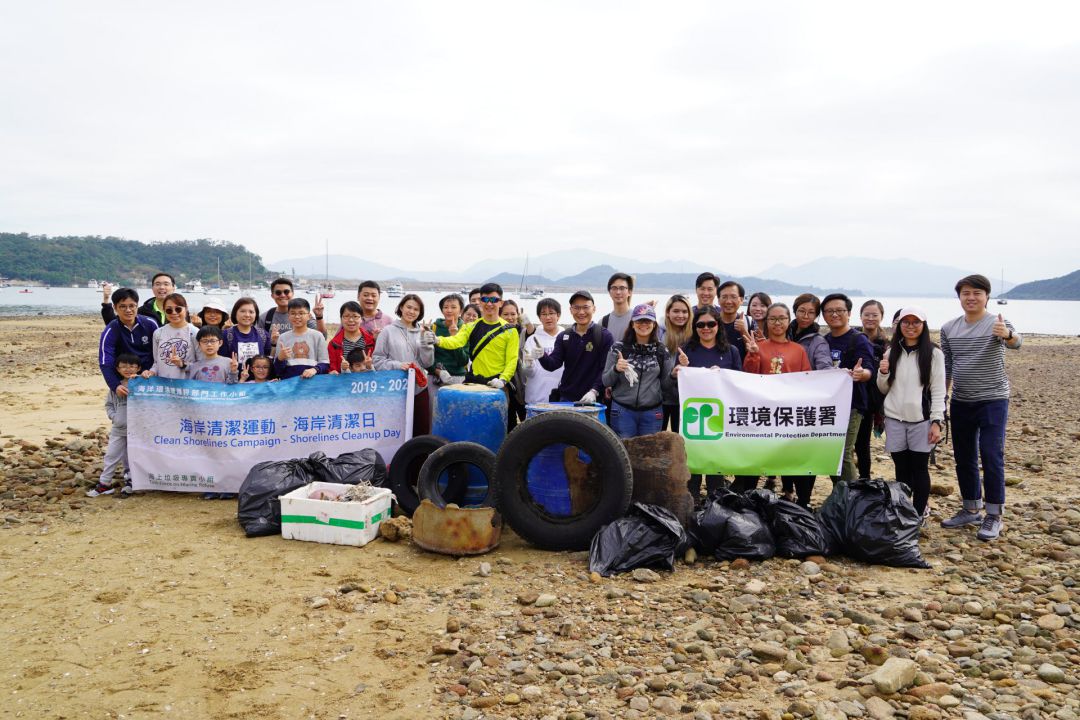
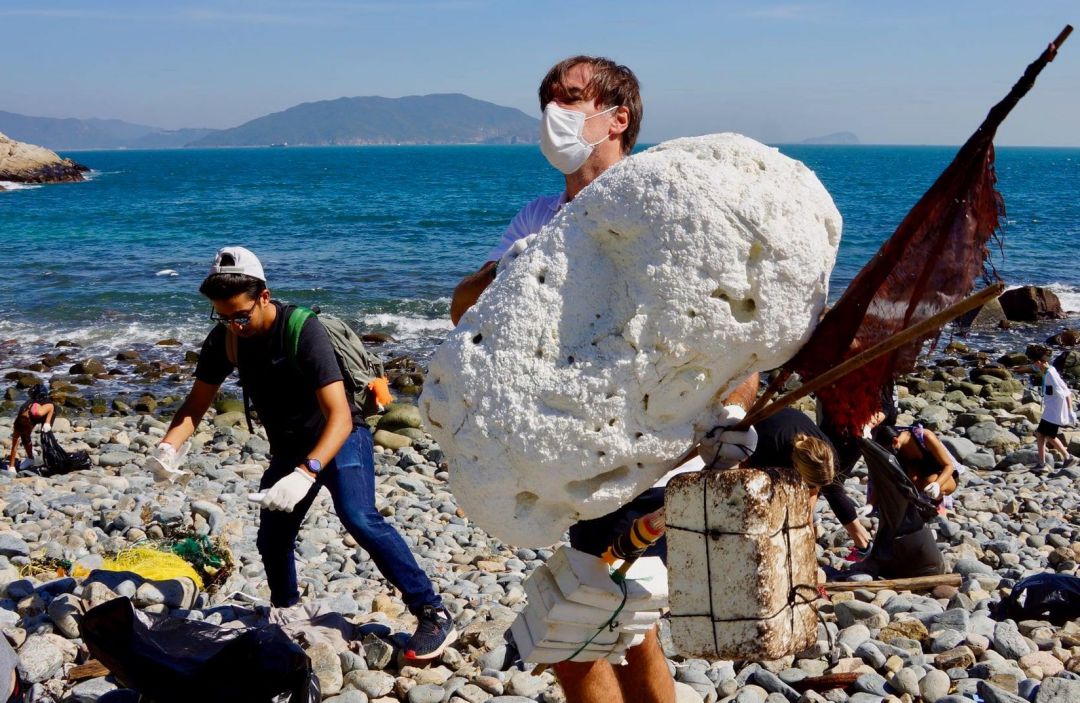
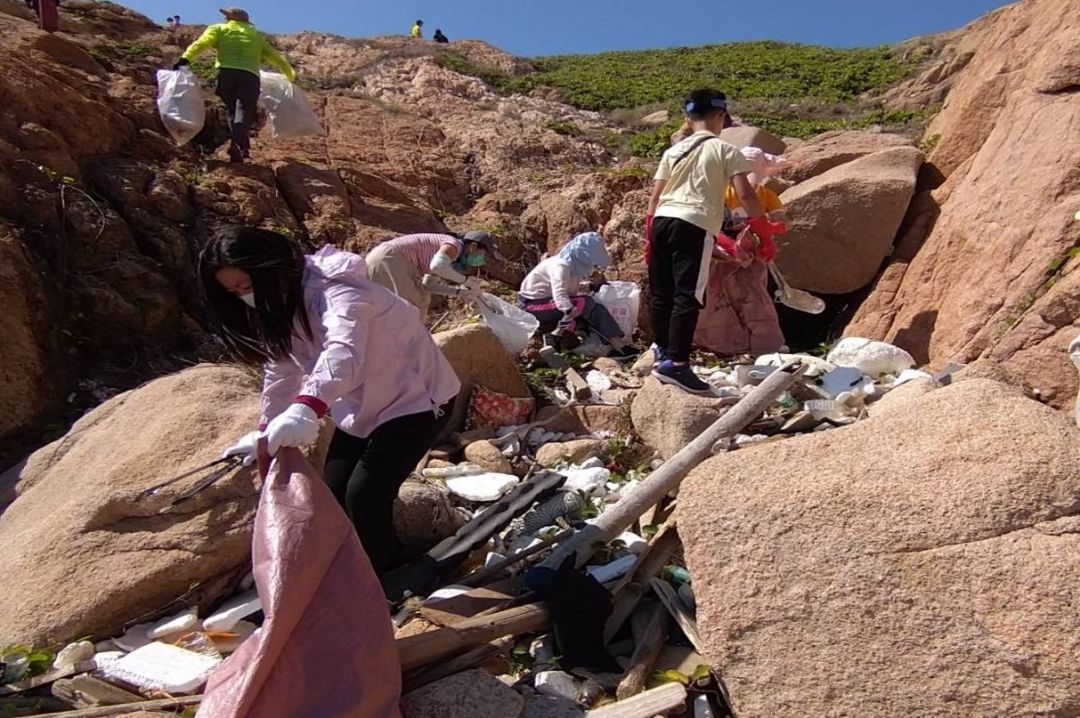
Food and Environmental Hygiene Department
The Food and Environmental Hygiene Department (FEHD) is responsible for the cleanliness of ungazetted beaches and coastal areas, except those areas under the purview of other government departments.
The cleanup of these ungazetted beaches and coastal areas is undertaken both by FEHD’s in-house staff and cleansing contractors. Depending on the cleanliness conditions of the sites and the circumstances, the cleansing frequency ranges from six times a week to half yearly.
FEHD staff will conduct regular inspections at ungazetted beaches and coastal areas to ensure that they are properly cleaned. Where situation so warrants, FEHD will arrange additional cleansing.
Besides its own cleansing services, FEHD will also participate in regular and ad-hoc programmes co-ordinated among the concerned government departments (e.g. MD, EPD, LCSD, AFCD, etc.) in monitoring and collection of refuse washed ashore on ungazetted beaches and coastal areas.
Furthermore, FEHD has placed litter containers at suitable locations for use by the public and put up notices warning against littering at strategic nearshore locations.
Leisure and Cultural Services Department
The Leisure and Cultural Services Department (LCSD) is responsible for the cleanliness of all 42 gazetted beaches (Figure 2) and has been closely monitoring the condition of these beaches. The department deploys workers to perform cleansing duties at gazetted beaches on a daily basis, at least twice per day. When substantial amounts of sea-borne refuse are found in beach water which has affected swimmers, special contractors will be arranged to clear the floating refuse inside the swimming zone of the beaches. Apart from this, beach staff will alert the Marine Department to clear floating refuse near beaches.
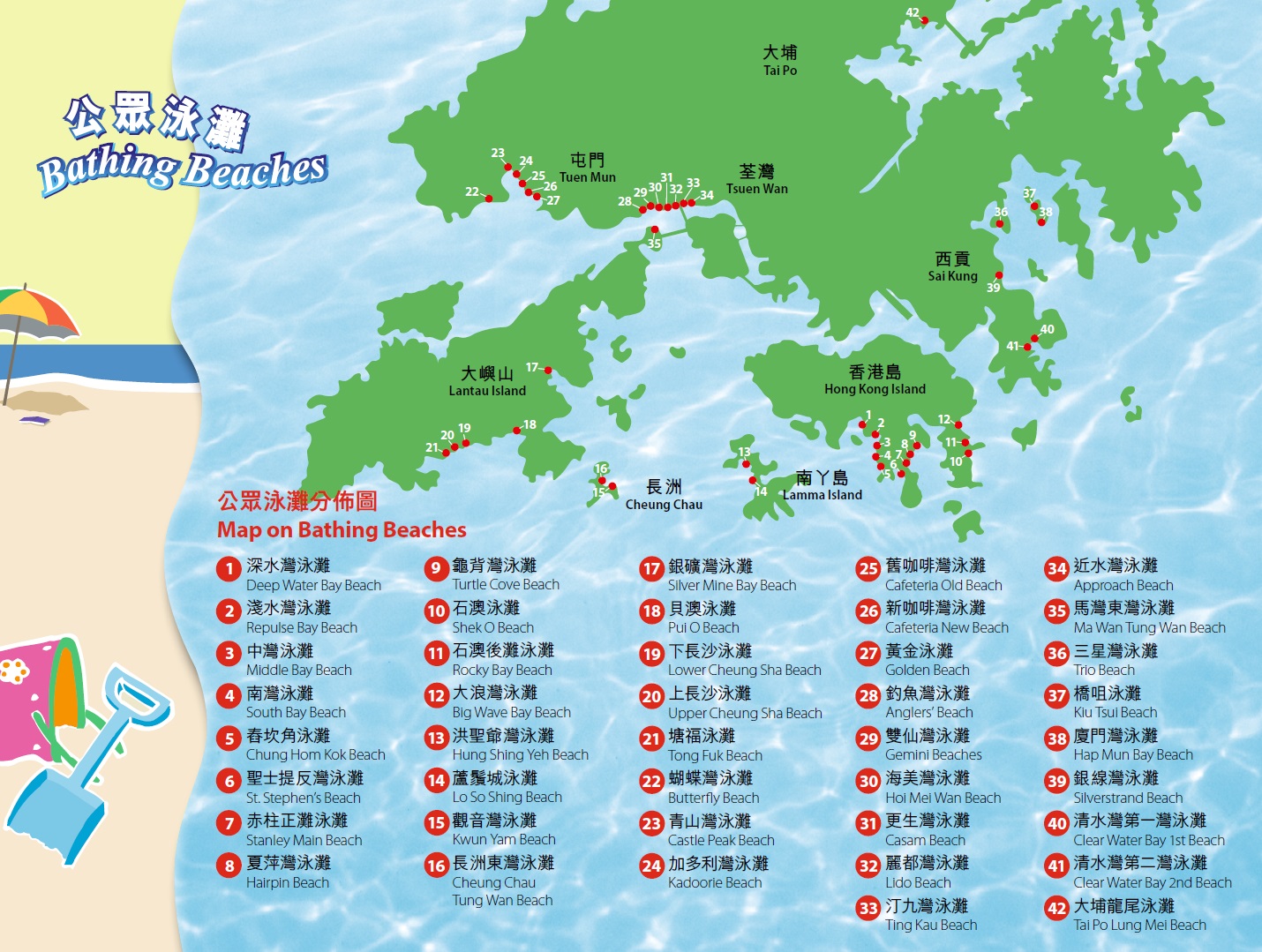
Apart from the normal cleansing service, the department will also:
- arrange for its mobile cleansing team to assist the cleansing work ashore when necessary (e.g. after typhoon attacks and/or sudden occurrence of massive sea-borne refuse);
- arrange for its contractor to clear refuse attached on marker buoys, floating pipes of shark prevention nets and shark prevention nets twice a week;
- request the Marine Department to deploy refuse collection boats to clear marine refuse in case large amounts of floating refuse are found in waters close to gazetted beaches;
- request the Food and Environmental Hygiene Department to clean up any refuse found along the shore outside gazetted beaches;
- remind swimmers to keep beaches clean at all times by posting notices and broadcasting at beaches.
Marine Department
The Marine Department (MD) is responsible for the sea surface cleanliness of Hong Kong waters. The services provided by the department include scavenging floating refuse from sea and foreshore areas, and free of charge domestic refuse collection service for local vessels moored inside typhoon shelters and ships moored in Victoria Harbour, Junk Bay and the Western Anchorages. Besides regular scavenging services, MD’s contractor will also assist green groups to dispose of the refuse collected at beaches after their cleanup operations. The foreshore cleansing teams of MD’s contractor may also work together with green group volunteers to clean up marine refuse accumulated at foreshore areas which are inaccessible by land. The marine refuse cleansing services cover the whole of Hong Kong waters (Figure 3) and the services hours are shown in Table 1.
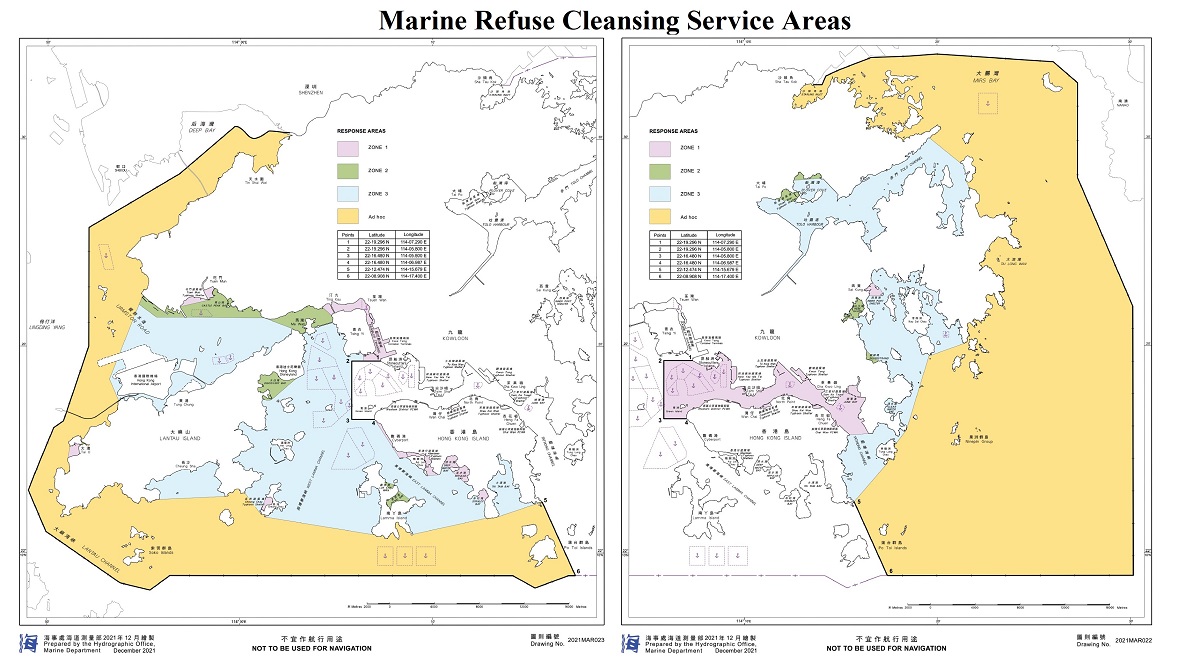
| Cleansing Services | Hours of Operation |
|---|---|
| Marine refuse cleansing services | 0800 - 1800 hours every day |
| Foreshore cleansing services | 0800 - 1700 hours every day |
The cleanliness conditions of the sea surface are rated in good, satisfactory, fair, unsatisfactory and poor levels as shown in Figure 4. The contractor shall maintain the service areas at good level between 0800 and 1800 hours.
Figure 4: Illustration of level of Cleanliness –
Standards in Marine Refuse Cleansing and Disposal Services Managed by Marine Department
Open sea
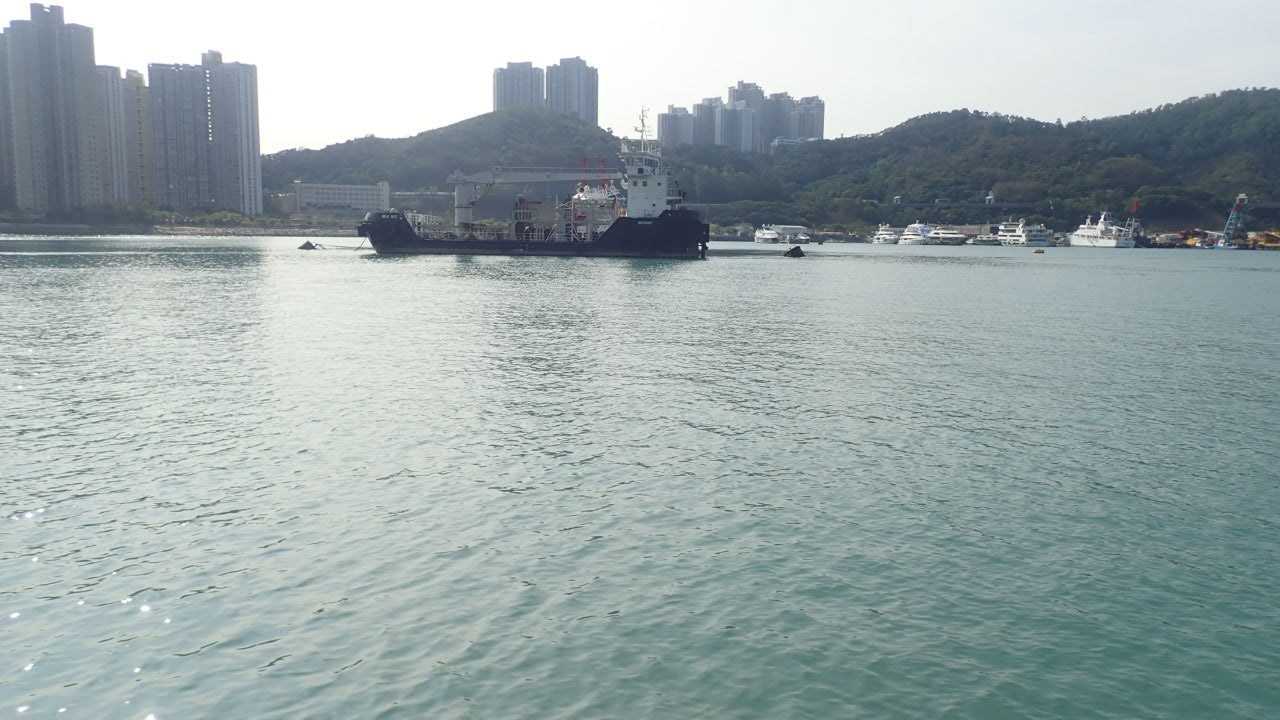
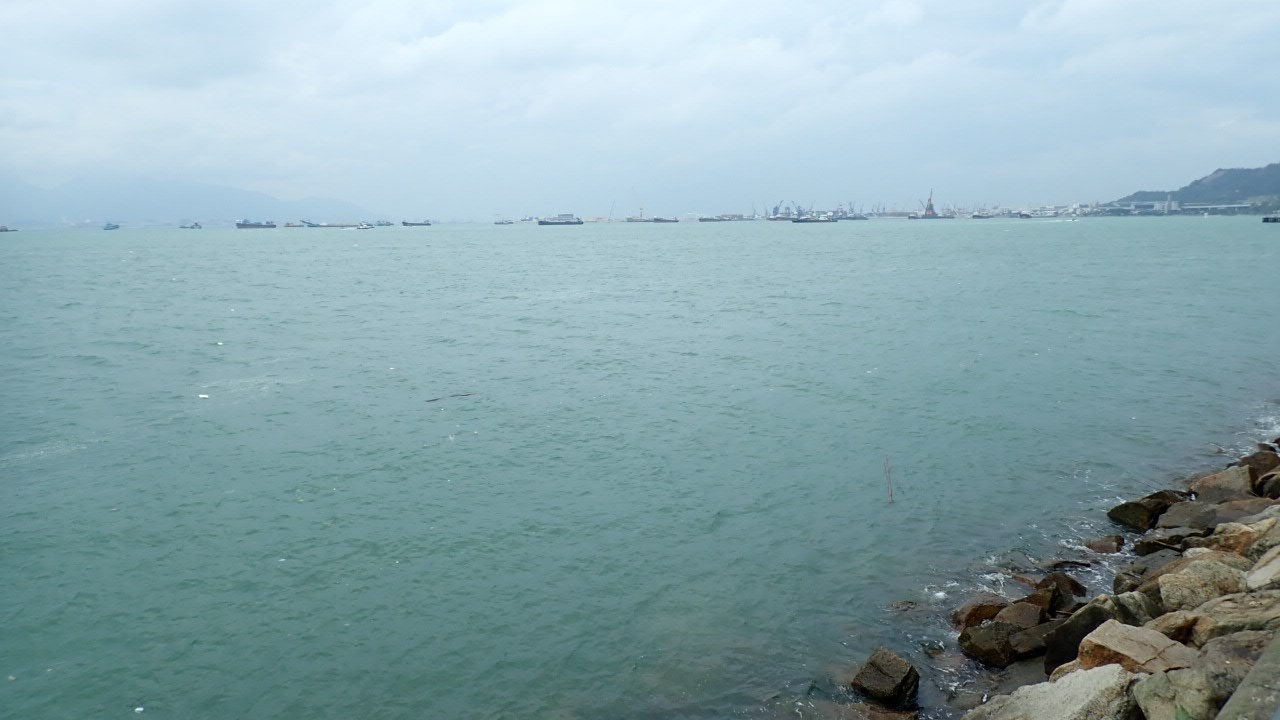
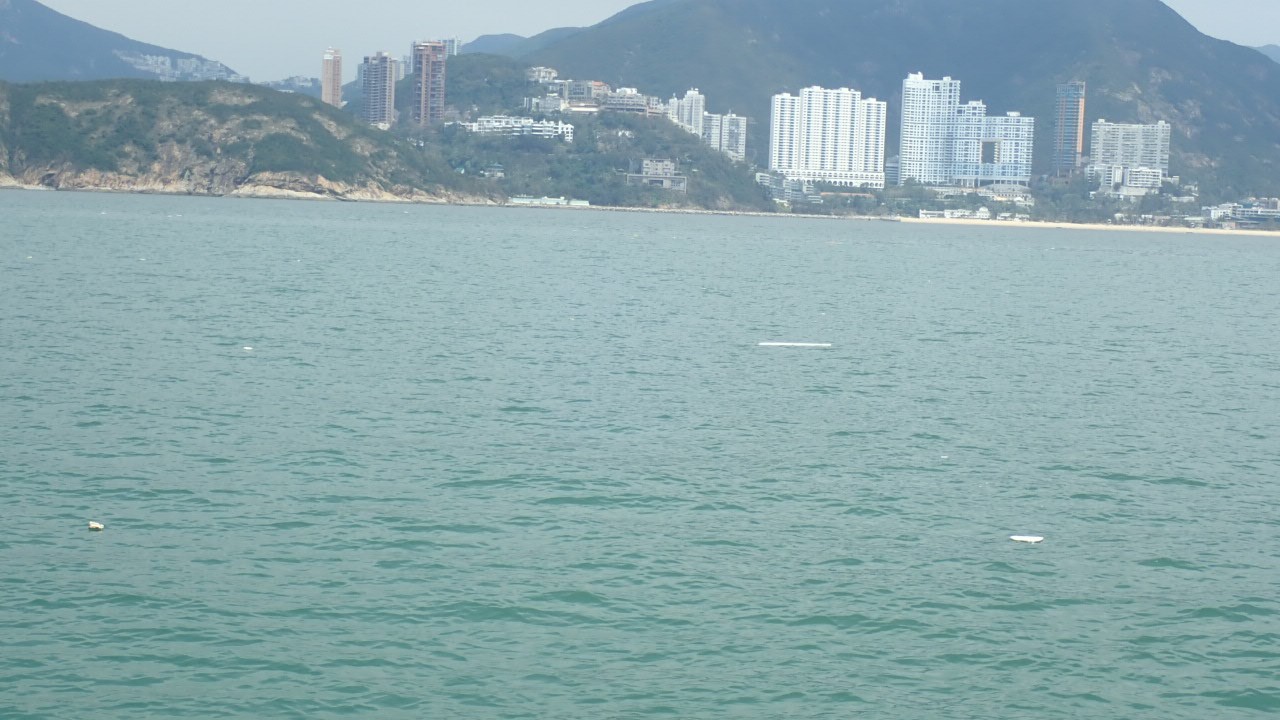
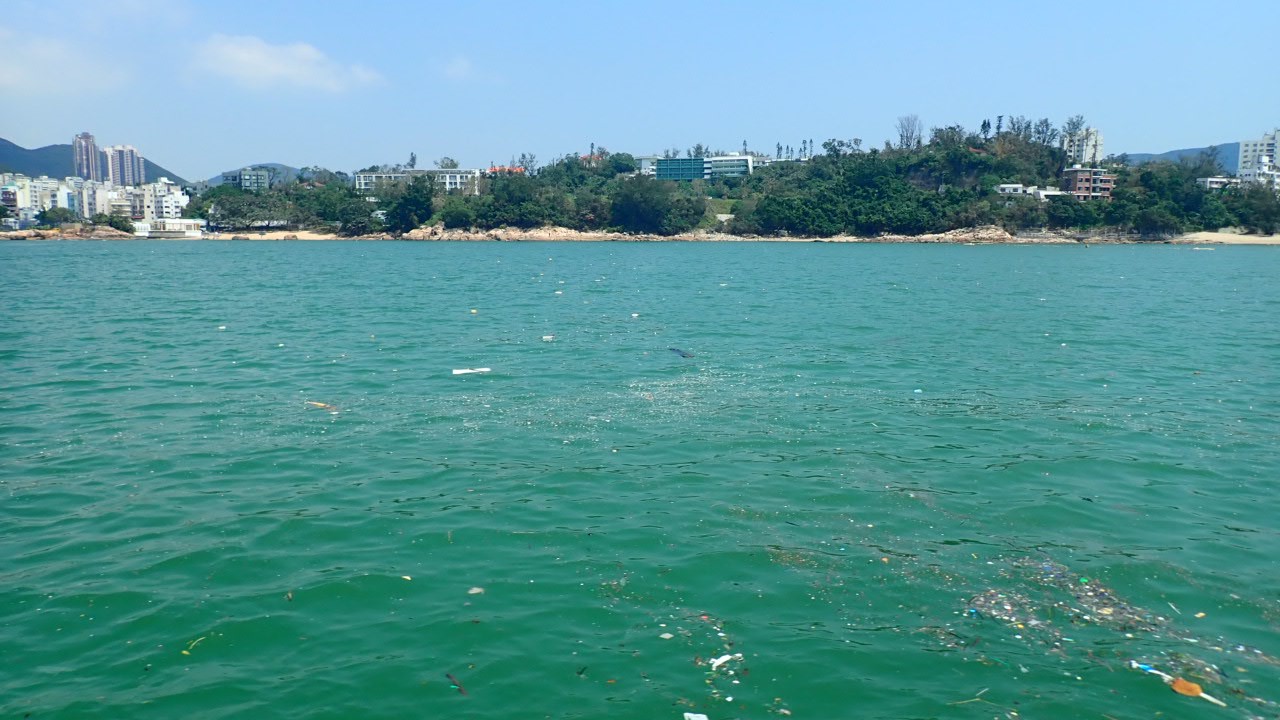
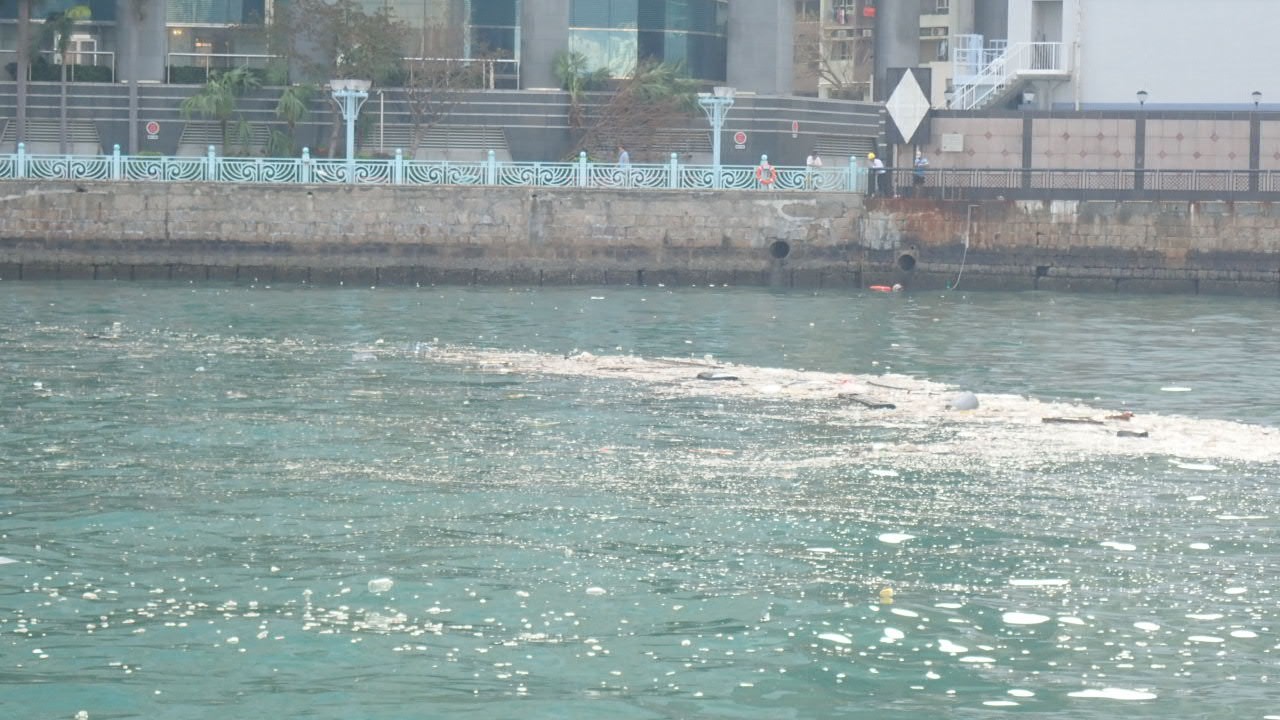
Typhoon shelter
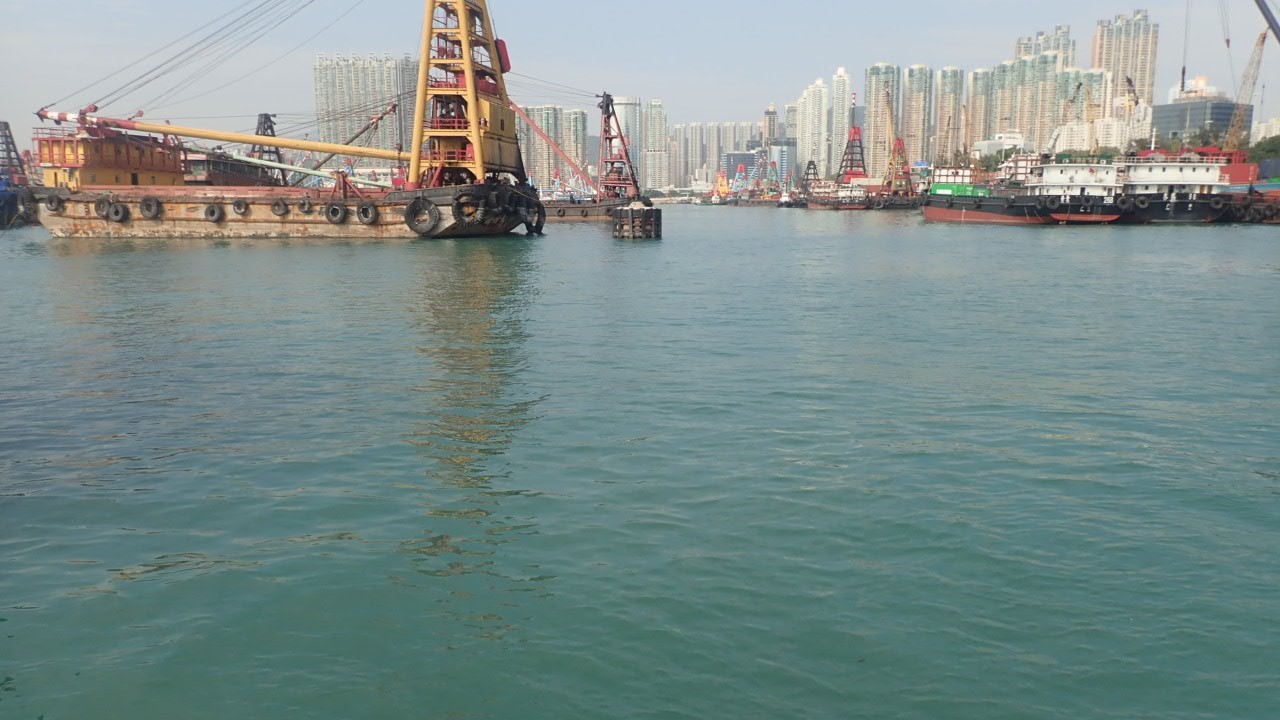
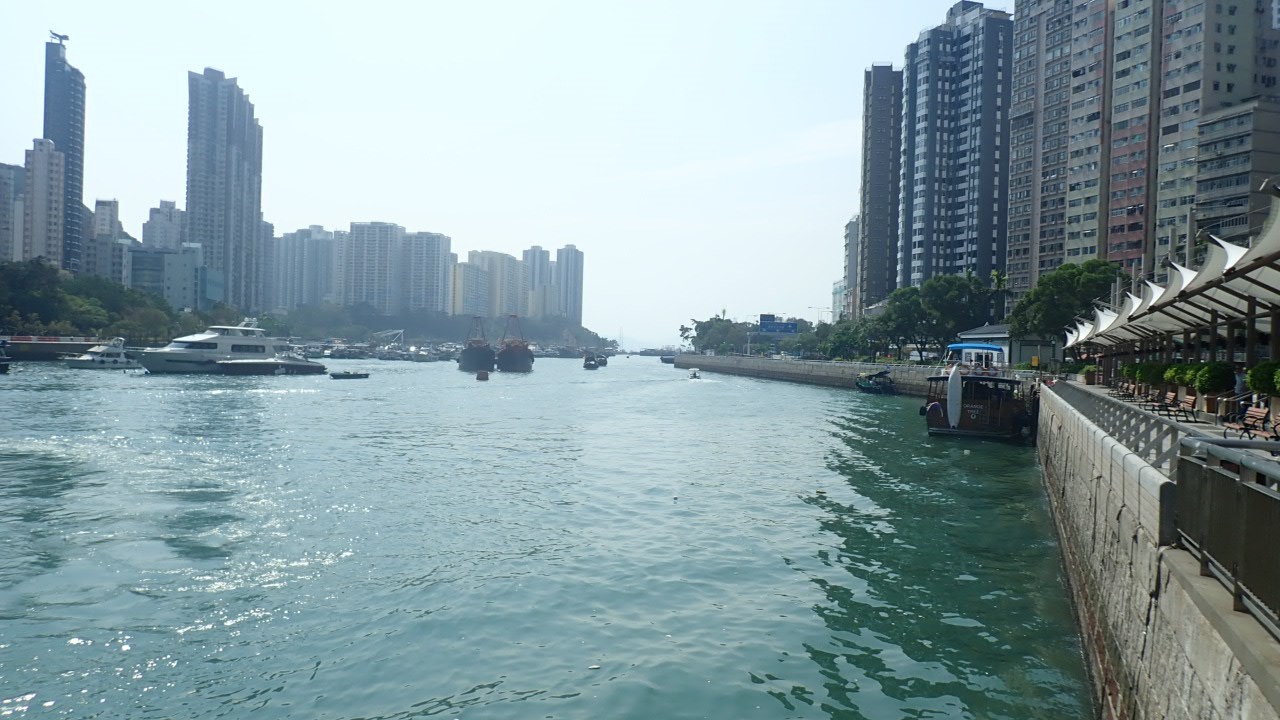
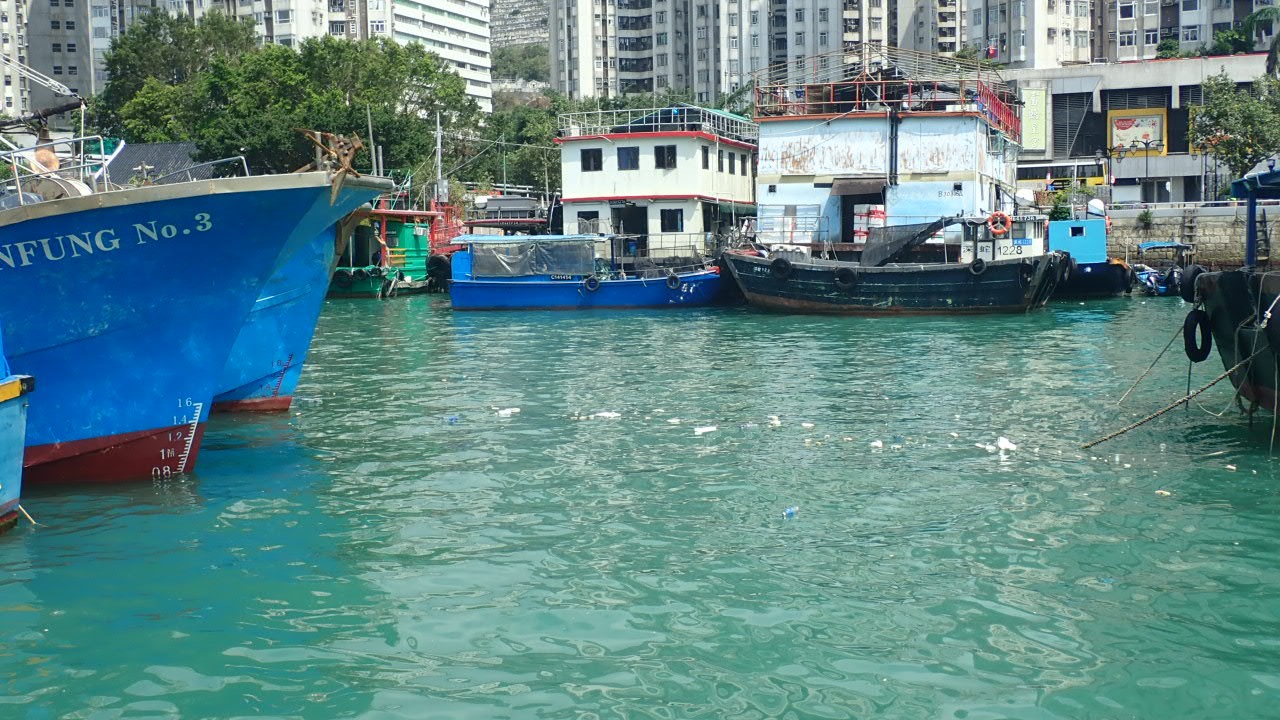
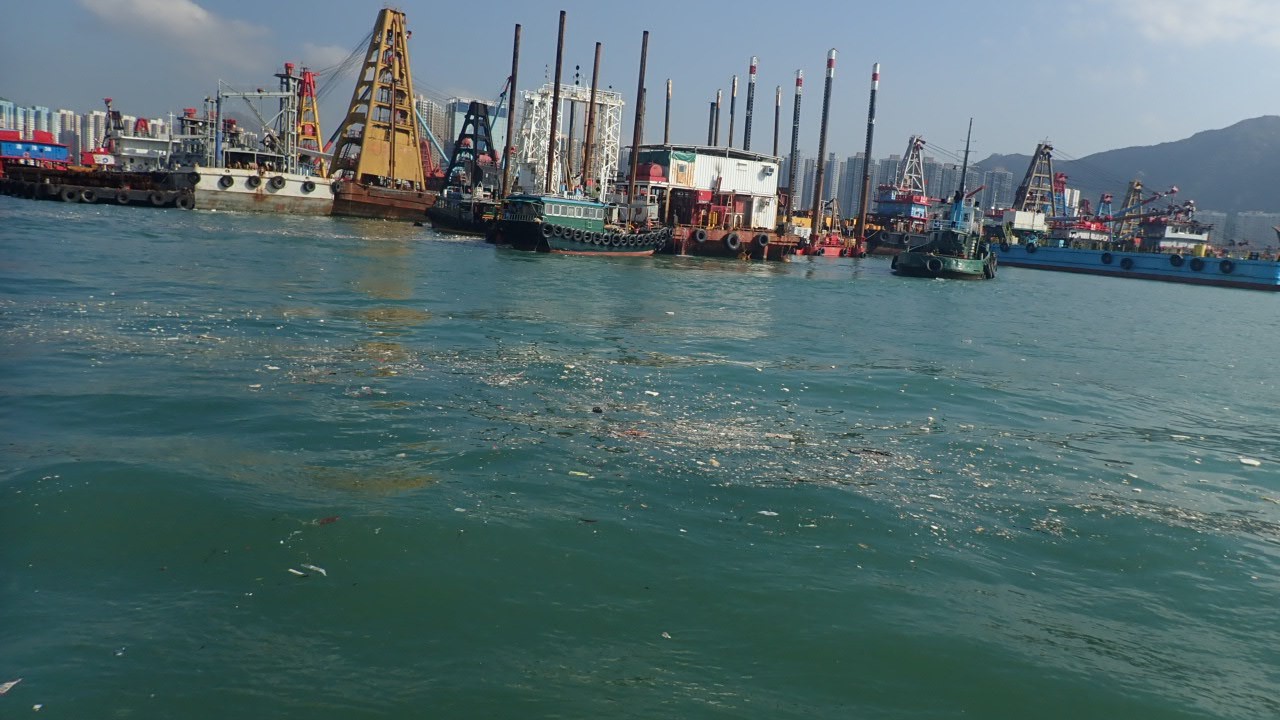
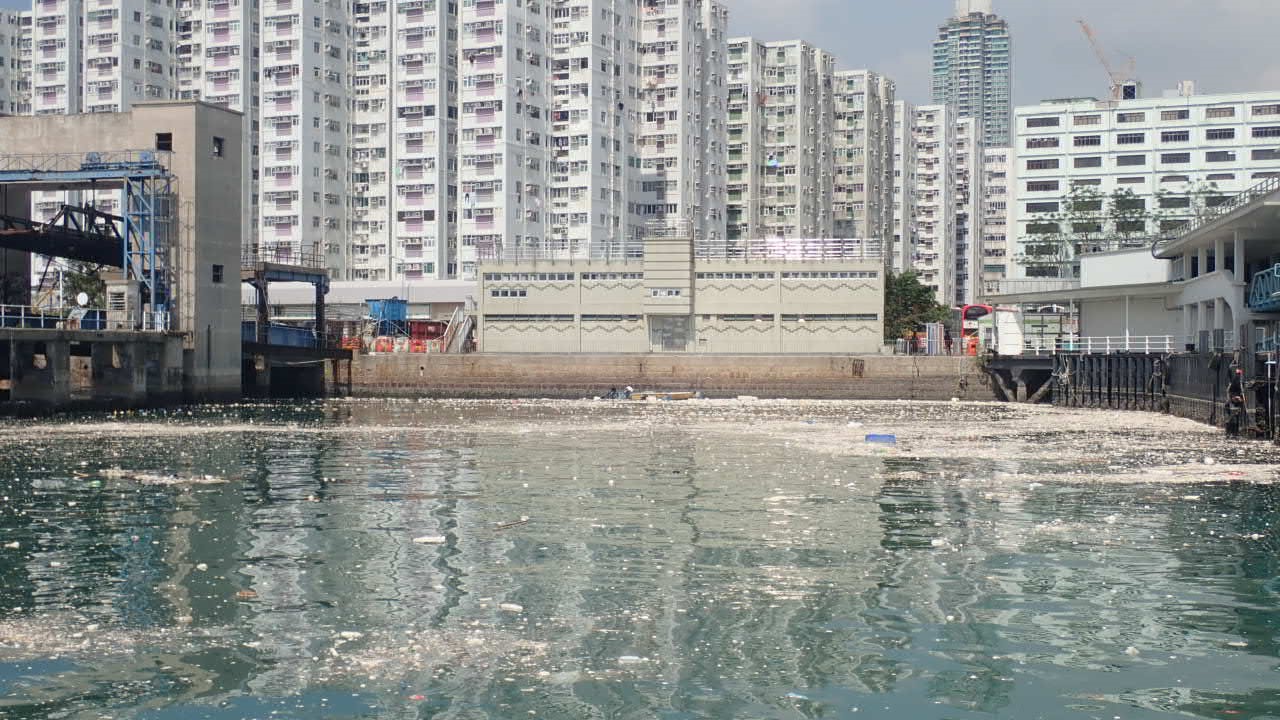
Special sites
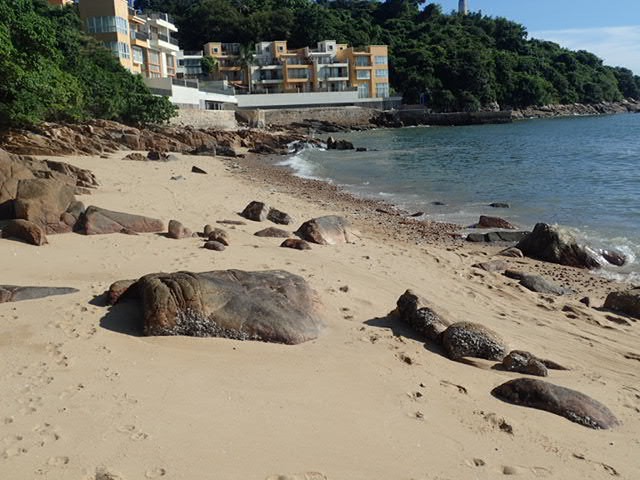
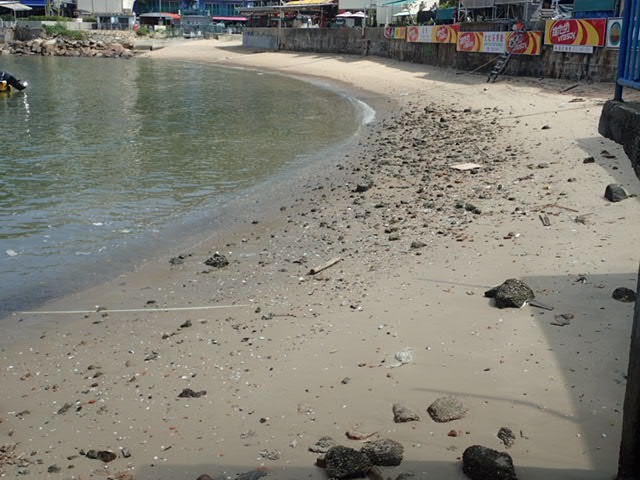
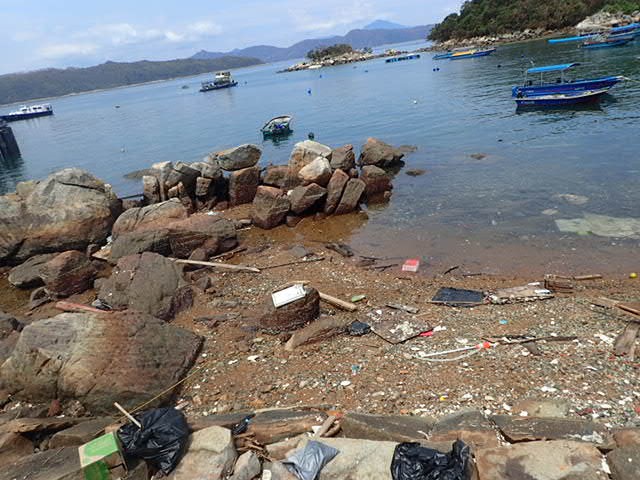
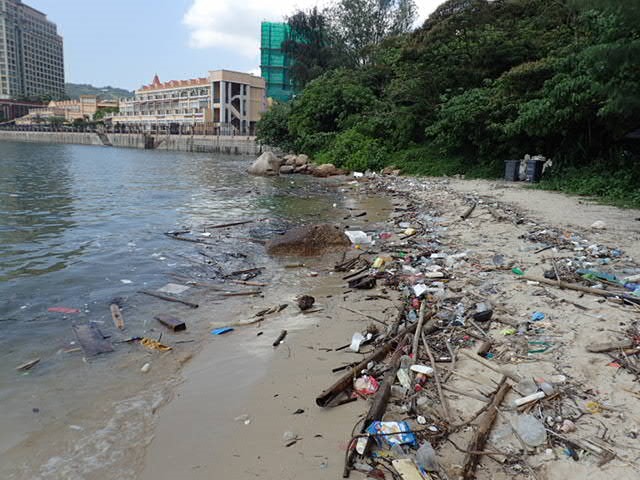
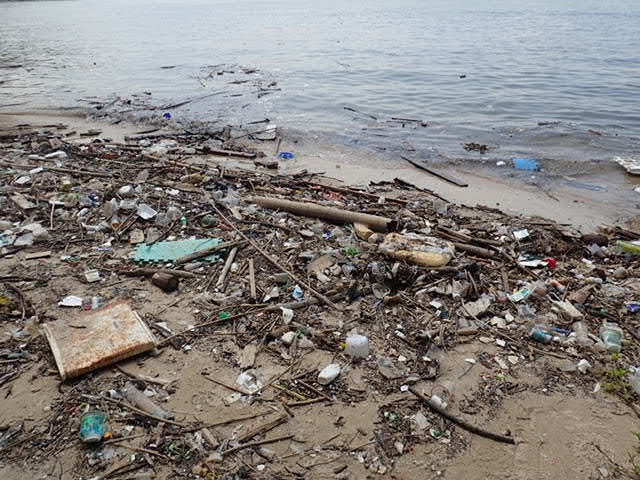
The sea surface cleanliness conditions will be inspected by MD’s officers. If the cleanliness of sea surface falls below the good level, the contractors will arrange its workboat to arrive at the scene for floating refuse scavenging work within 30 minutes, 60 minutes, and 120 minutes respectively in Zone 1, Zone 2, and Zone 3 as indicated in Figure 3.
Besides the above regular services, MD also conducts publicity programmes:
- coordinating joint departmental meeting with representatives of concerned floating communities prior to the Lunar New Year and Fishing Moratorium Period to raise the fishing communities’ awareness of keeping the sea clean;
- conducting regular visits and inspections of fish wholesale markets, marine works sites, boat anchorages to ensure that proper refuse disposal arrangements are in place and no refuse would be discharged into the sea.
Drainage Services Department
the sustainable development of Hong Kong. DSD has installed four floating booms at the box culvert outfalls (Figures 5 to 8) and four refuse intercepting devices at main drainage channels (Figures 9 to 12) to trap the refuse before it enters the sea.
Floating Booms




Refuse Intercepting Devices




Marine Refuse Priority Sites
(April 2021 Revision)To facilitate the work of the Working Group, EPD appointed a consultant to conduct a Marine Refuse Study to examine the source, distribution and fate of marine refuse in 2013. Based on the study findings, sites require priority action in removing marine refuse were identified and additional resources have been deployed to enhance cleansing efforts. Improvement in cleanliness has been observed at the priority sites, suggesting that stepped up cleansing is an effective means to tackle marine refuse pollution.
EPD commenced a review on the list of Marine Refuse Priority Sites using a scoring system in April 2017 based on information collected during April 2015 to March 2017 and update the list of priority sites in November 2017. To better redeploy resources for improvement of shorelines cleanliness, EPD conducted another round of review on the list of Marine Refuse Priority Sites and updated the list in April 2021 based on the cleanliness grading of the sites. The new list comprises of 33 priority sites including 26 existing sites (Fan Lau is split into two sites) and 7 newly added sites.
The new list of 33 Marine Refuse Priority Sites
| 26 Existing Locations | 7 Newly Added Locations |
|---|---|
| Ting Kok, Tai Po | Coastal Area along the Breakwater at Shuen Wan Typhoon Shelter |
| Sha Lan, Tai Po | Rocky Seawall under Apleichau Bridge, plus all the adjoining areas |
| Yim Tin Tsai and Ma Shi Chau Tombolo, Tai Po | Tung Wan, Peng Chau |
| Tap Mun (East) | Shek Pik Tung Wan, Lantau |
| Tap Mun (West) | Near Gemini Beach |
| Starfish Bay, Ma On Shan | The Brothers |
| Tung Lung Island | Coastal Area from Butterfly Beach to Pier at Area 40 |
| Rocky Bay Beach | |
| Shek O Beach | |
| Lap Sap Wan, Shek O | |
| Cape D' Aguilar, beach next to The Swire Institute of Marine Science | |
| Lo Tik Wan, Lamma | |
| Sok Kwu Wan, Lamma | |
| Shek Pai Wan, Lamma | |
| Cheung Chau Tung Wan (ungazetted beach area) | |
| Sam Pak Wan, Lantau | |
| Nim Shue Wan, Lantau | |
| Shap Long, Lantau | |
| Ham Tin, Lantau | |
| Shui Hau, Lantau | |
| Tai Long Wan, Shek Pik, Lantau | |
| Fan Lau (East), Lantau | |
| Fan Lau (West), Lantau | |
| Tai O, Lantau | |
| Lung Kwu Tan and Lung Kwu Sheung Tan, Tuen Mun | |
| Sha Chau and Lung Kwu Chau |
* Shoreline Cleanliness Gradings: Grade 1 (Clean), Grade 2 (Satisfactory), Grade 3 (Fair), Grade 4 (Unsatisfactory) and Grade 5 (Poor).
^ Newly added sites.
Average Cleanliness Grading 2025 (Jan - Sep), 2024, 2023, 2022, 2021, 2020
